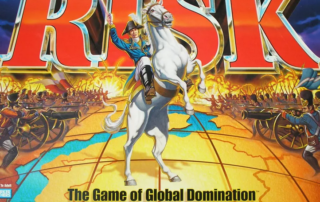It was a recent father-son (and dog) road trip. Several hours in the car, on our way to support daughter / sister, Emma, at her final regatta of the season. Head of the Hooch in Chattanooga, Tennessee. And, an opportunity for some undistracted conversation. Among the many topics was our ongoing debate about how to trade Tesla (TSLA). Eddie has proven himself to be fairly decent scalper of this volatile name, so I usually ask how he is positioned and the levels he thinks are meaningful. Anyway, it turns out, he is trading on the Robinhood platform - no more than a few shares at a time - and paying zero commissions which, of course, improves his net profitability. This is the main attraction on top of the fact that he can toggle between trading stocks, playing video games, watching YouTube, Instagramming with his friends and listening to music all on the same device. (No wonder he is always wiped out!) So, this got me to thinking about some of [...]









